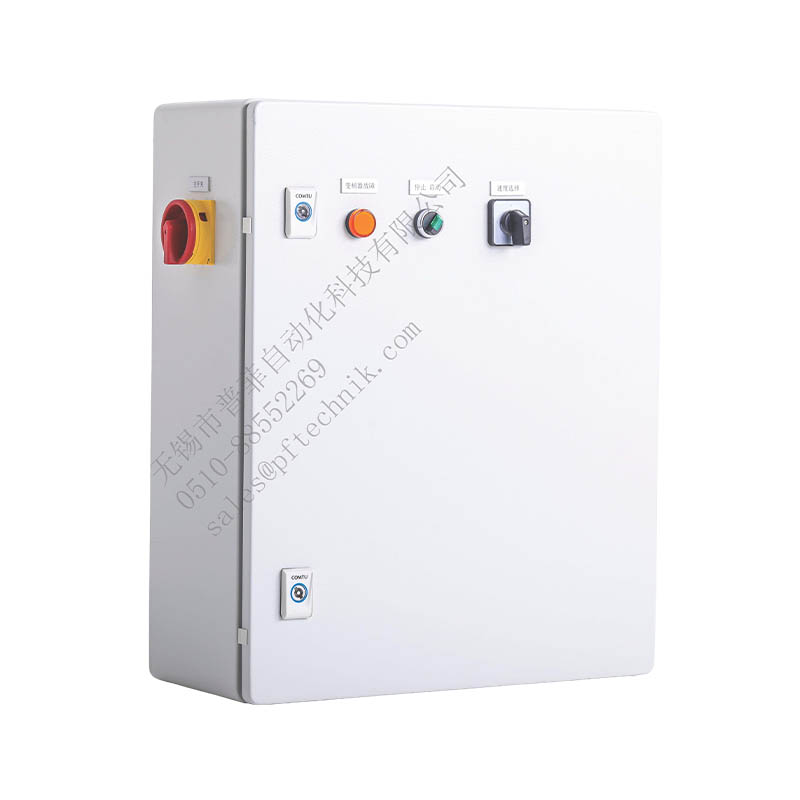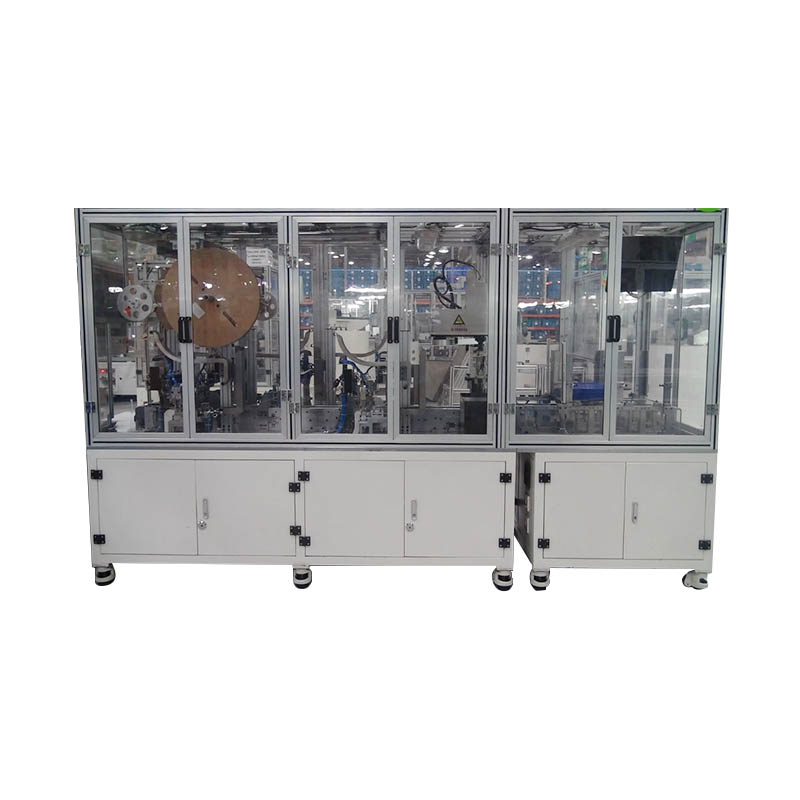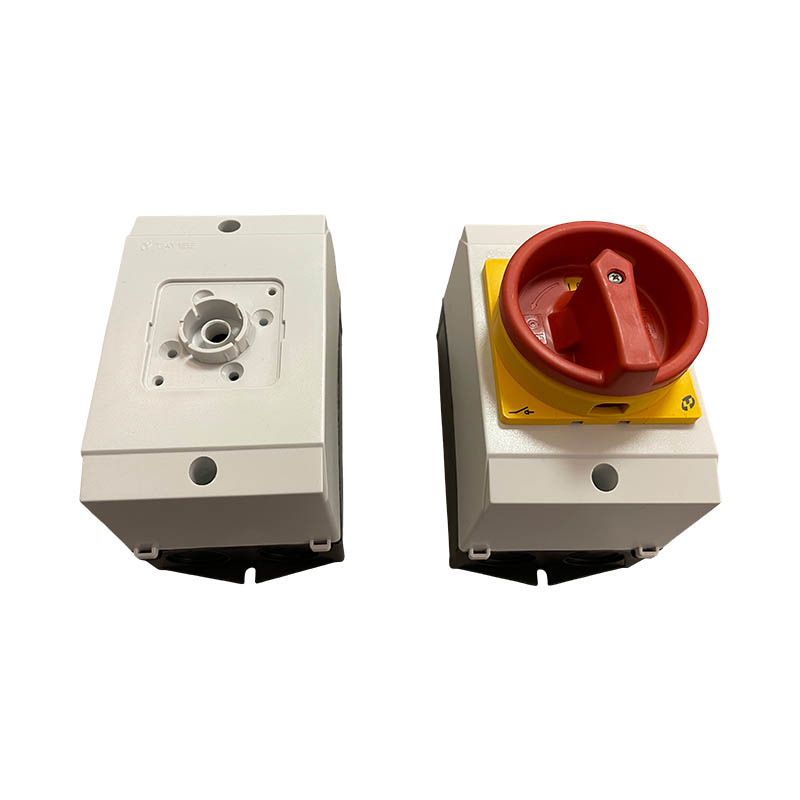How to design anti-loosening structure to ensure connection reliability of cabinet wiring terminal in vibration environment?
Release Time : 2025-09-02
The core design of cabinet wiring terminal anti-loosening structures in vibrating environments relies on structural self-locking, material adaptation, and constant pressure mechanisms to block vibration-induced loosening at the source of the connection. This ensures stable contact between the wire and the terminal, preventing poor contact or disconnection caused by vibration. In vibrating environments, cabinet wiring terminal connections are prone to gapping due to repeated movement, or a reduction in clamping force due to thread backlash and elastic failure. Therefore, anti-loosening design must focus on three core objectives: preventing relative movement, maintaining stable pressure, and enhancing structural fatigue resistance. Each anti-loosening component must be compatible with the overall terminal structure and provide targeted protection against vibration.
The anti-loosening properties of cabinet wiring terminals primarily rely on the self-locking design of the connection structure. The asymmetric geometry prevents vibration energy from being converted into loosening forces. For screw-type terminals, the thread profile is asymmetrically designed, with the load-bearing and non-load-bearing surfaces forming different angles. The smaller angle on the load-bearing surface increases the positive pressure and friction between the threads, preventing them from backing out during vibration. The larger angle on the non-load-bearing surface reduces resistance during installation, ensuring smooth tightening and a stable preload. For pluggable terminals, the mating part is designed with an elastic locking mechanism. When the pin and socket make contact, the elastic component generates a continuous radial clamping force. The barbed hook design of the locking mechanism prevents separation during vibration. Even with slight displacement, the barb engages the corresponding slot, preventing complete disengagement and structurally eliminating any loosening paths.
The coordinated elastic and frictional properties of the materials are the foundation for the long-term reliability of the cabinet wiring terminal's anti-loosening structure. The clamping components of the terminal (such as the clamp and spring) are made of highly elastic and fatigue-resistant metal materials. These materials maintain elastic tension for extended periods after deformation due to force. Even with slight deformation caused by vibration, they can maintain the clamping force on the wire through elastic recovery, preventing a loss of clamping force due to elastic failure. Furthermore, the surface treatment of the contact area uses a high-friction coating or an alloy with an inherently high friction coefficient. This increases friction between the wire and the conductive components of the terminal, reduces relative slippage during vibration, and prevents increased contact resistance or loosening of the connection due to sliding wear. The insulating shell material is selected to be both rigid and tough. This not only secures the internal metal components in place to prevent them from shifting during vibration, but also cushions external vibration impacts, reducing the transfer of vibration energy to the connection.
The continuous supply of stable contact pressure is key to ensuring reliable electrical conductivity in the cabinet wiring terminal's anti-loosening structure. Some terminals incorporate integrated constant-pressure springs or wave washers. Once installed, these components maintain a slight compression, providing constant axial or radial pressure on the contact points. This compensates for gaps or component wear caused by vibration. When vibration creates a slight gap between the terminal and the conductor, the constant-pressure component immediately releases its spring force, filling the gap and maintaining contact pressure, ensuring unimpeded current transmission. Terminals with multiple conductors utilize independent pressure-regulating mechanisms, with each connection point assigned a separate spring clamping assembly. This prevents vibration from one conductor from affecting the pressure stability of other connections, ensuring uniform and sufficient contact pressure at all connection points even in vibrating environments.
The anti-loosening structure of cabinet wiring terminals also emphasizes overall anti-displacement design, using multi-dimensional fixings to minimize relative movement between the terminal itself, the cabinet, and internal components. Anti-rotation features are designed at the terminal's mounting point, such as special-shaped mounting holes or positioning bosses. These prevent the terminal from rotating around the mounting screws once secured to the cabinet, preventing vibration from causing the terminal to shift. The conductive components within the terminal are secured to the insulating housing with an interference fit or snap-fit to prevent movement within the housing during vibration, ensuring a stable contact position between the conductive components and the wire. Some terminals also incorporate a buffering gasket between the housing and the cabinet mounting surface. Made of elastic material, this buffering gasket absorbs vibration energy, reducing the direct transmission of cabinet vibration to the terminal, reducing the vibration load on the connection and indirectly improving anti-loosening effectiveness.
The anti-fatigue design of the anti-loosening structure prevents component failure in cabinet wiring terminals under prolonged vibration. Key anti-loosening components of the terminal, such as springs and latches, are optimized to reduce stress concentration. For example, rounded corners or increased thickness in stress-intensive areas prevent localized stress and fracture caused by prolonged vibration. These components also undergo anti-fatigue treatments, such as low-temperature aging and surface hardening, to enhance the material's fatigue resistance and extend the component's service life under repeated vibration. This ensures that the anti-loosening mechanism will not suffer fatigue damage from long-term vibration, ensuring that its anti-loosening function is maintained.
The anti-loosening design of the cabinet wiring terminal also takes into account ease of installation to prevent improper installation from weakening the anti-loosening effect. The anti-loosening mechanism is designed to be "installed and locked," eliminating the need for additional anti-loosening accessories (such as locknuts or cotter pins). During installation, simply tighten or plug into place according to standard procedures to automatically establish the anti-loosening state. For example, threaded terminals feature a torque feedback mechanism that provides a noticeable tactile feedback when the tightening torque reaches the preset value, indicating that sufficient preload has been established. Plug-in terminals feature a snap-in lock that emits a distinct click when locked into place. This ensures that the anti-loosening mechanism is accurately established during installation, preventing the anti-loosening function from failing due to improper installation, and ensuring the reliability of the anti-loosening mechanism from the operational perspective.







